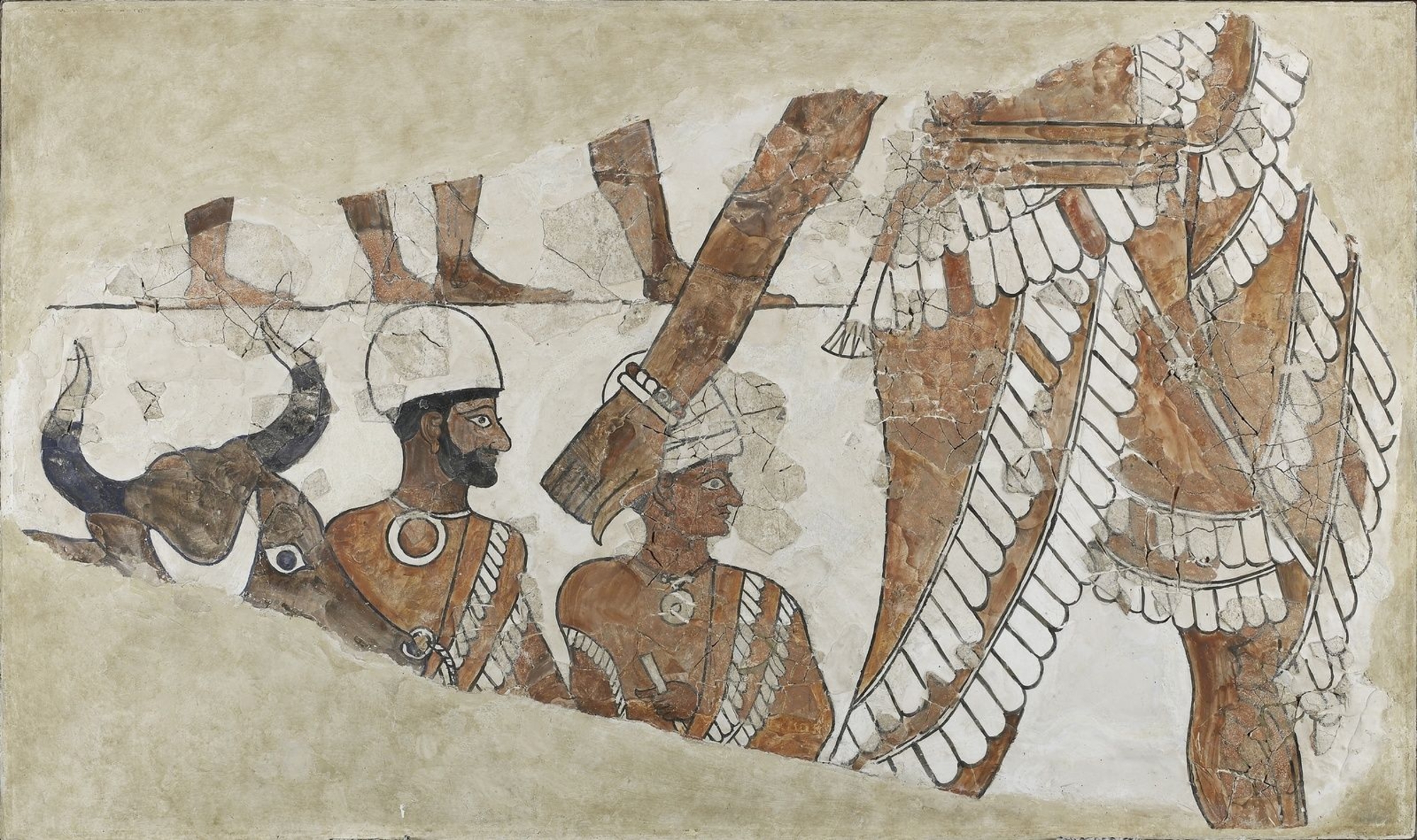
- Home
- The Great royal palace of Mari
- The palace and the arts
- La statuaire
Although he intended to pillage, systematically destroy and burn down the palace, Hammurabi of Babylon left behind half a dozen statues, some fragmentary, as well as elements of large-scale pieces.
Iddin-Ilum
The statue of Iddin-Ilum is part of a group scattered in the temples area (Area D) with the statue of Lâsgân, also acephalous, and the head of the warrior with chin strap. Where Iddin-Ilum comes in the sequence of Mari’s shakkanakku, governors who became independent rulers, in the late 3rd and early 2nd millennium BCE, is still the subject of debate.
Ishtup-Ilum and Puzur-Ishtar
The two finest and best preserved statues come from the official Area M. The goddess of the gushing waters was a real fountain fitted with a hydraulic device. The statue of Ishtup-Ilum was placed on tribune 66, a sort of gallery of royal portraits to which homage could be paid during kispum, the ritual for the dead. Another statue, undoubtedly royal, found in the area of the northern palace of Nebuchadnezzar II in Babylon, inscribed with the name of Puzur-Ishtar, may have been displayed there as well: both, shakkanakkus of Mari according to the inscription engraved on their statues, attest to a period prior to the construction of the great royal palace, to which they were moved to perpetuate the memory of their dynasty.


